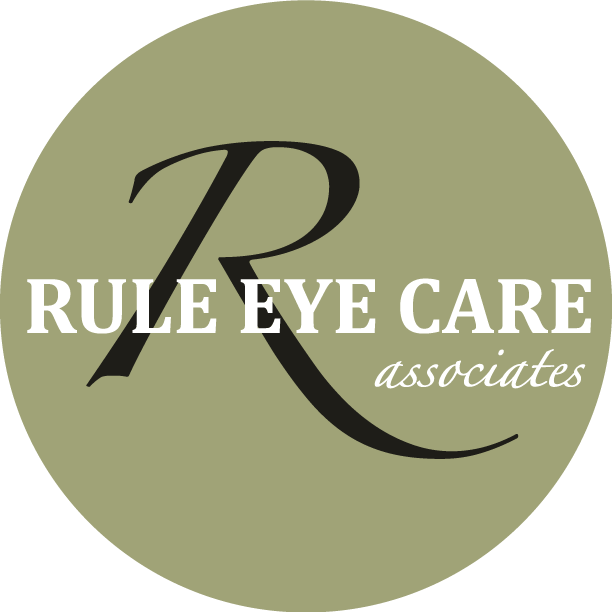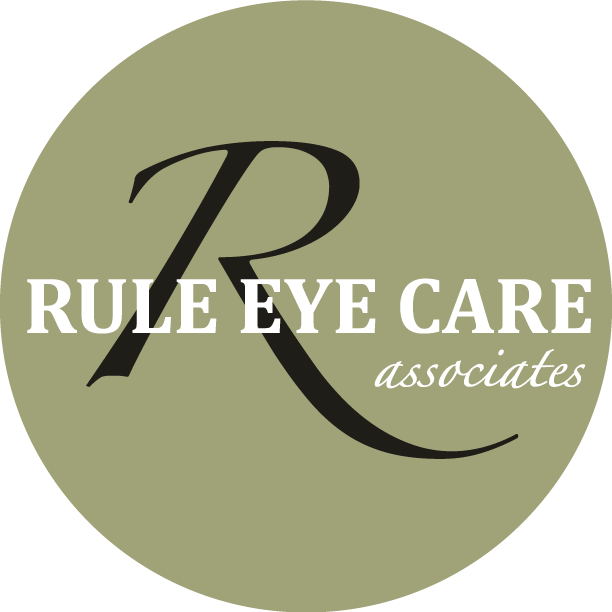Protect Your Baby's Sight: Learn About Our InfantSEE® Services
At Rule Eye Care, we care about the well-being of your little ones. Our participation in the InfantSEE® program allows us to provide free eye exams for infants, ensuring early detection of potential eye and vision problems.

InfantSEE® is a public health program initiated by the American Optometric Association (AOA), The Vision Care Institute of Johnson & Johnson Vision Care, Inc., and Optometry’s Charity™ – The AOA Foundation.
It aims to provide free eye assessments for infants aged 6 to 12 months, detecting potential eye and vision problems early and allowing for timely intervention. Participating optometrists offer comprehensive eye exams to infants, regardless of the family's income or ability to pay.
Beyond checking to see if your baby can see clearly, it aims to ensure that your child's eyes are developing properly and working together as they should. This comprehensive approach evaluates several key aspects of visual function, including eye alignment, eye movement abilities, and how the brain and eyes generally communicate with each other.

1. Identify and Address Risk Factors: We focus on identifying and addressing potential risk factors that could negatively impact infants' eye and vision health.
2. Early Intervention for Amblyopia and Other Conditions: The goal is to detect conditions like amblyopia early, reducing the likelihood of impairments or vision loss. Timely identification also supports a child's spatial and cognitive development.
3. Empower Parents with Knowledge: Our caring team educates parents about the critical aspects of their child's eye care, including visual acuity, refractive status, eye movement, alignment, binocular potential, and overall eye health. By empowering parents, we promote proactive eye care and ensure the best possible vision outcomes for their children.
Vision Development Stages in Infants
Many parents assume that vision develops independently and doesn't require attention until school age when it's presumed to be fully formed. However, the reality is quite different. Vision is a learned skill, and its most crucial stages occur within the first year of life.
1. Birth to 3 Months:
- Focus on objects 8-10 inches away, perfect for seeing the face of the person holding them
- Begin to follow moving objects with their eyes
- Start to reach for things, showing early hand-eye coordination
2. 4 to 6 Months:
- Color vision develops, allowing for a broader spectrum of vivid colors
- Improved control over eye movements and hand-eye coordination
- Eye-body coordination enhances, aiding in depth perception
3. 6 to 8 Months:
- Development of accurate depth perception as eyes start to work together efficiently
- Binocular vision develops, crucial for perceiving the world in three dimensions
4. 9 to 12 Months:
- Refinement of visual accuracy and depth perception
- Increased skill in crawling, standing, and beginning to walk
- Better at recognizing familiar faces and objects from a distance
Learn more about the significance of infant vision care and the InfantSEE® program by visiting www.infantsee.org.

